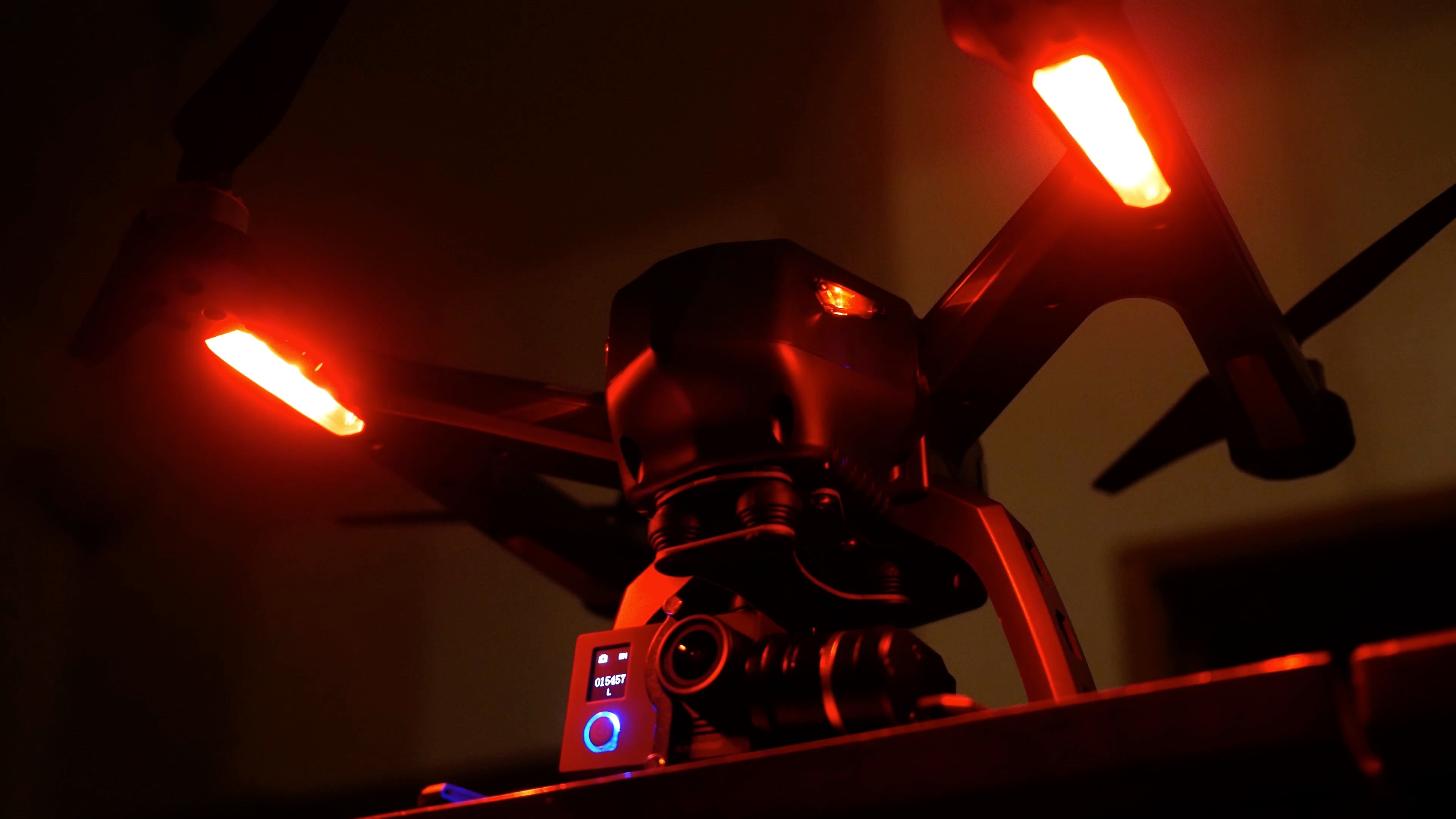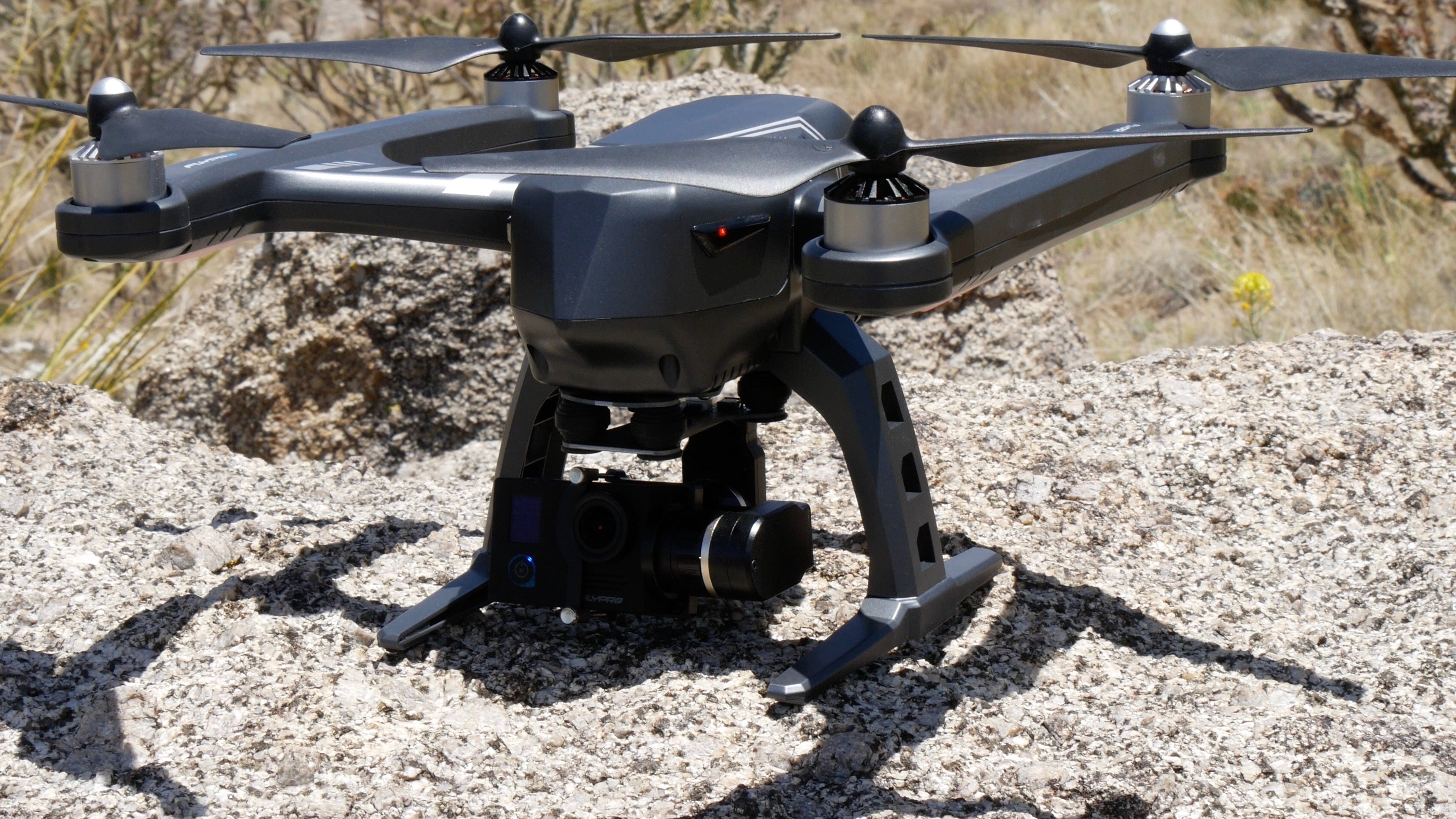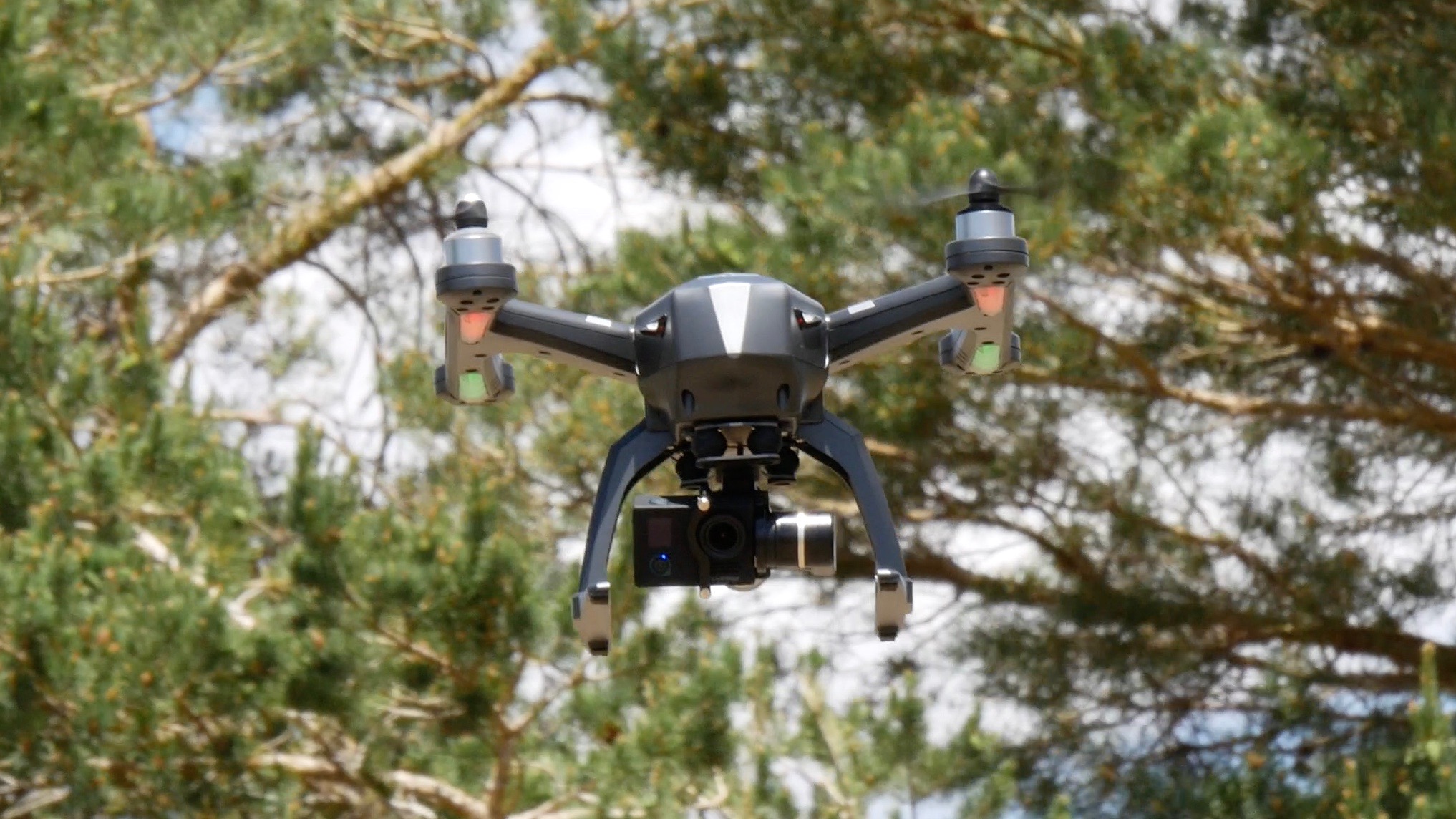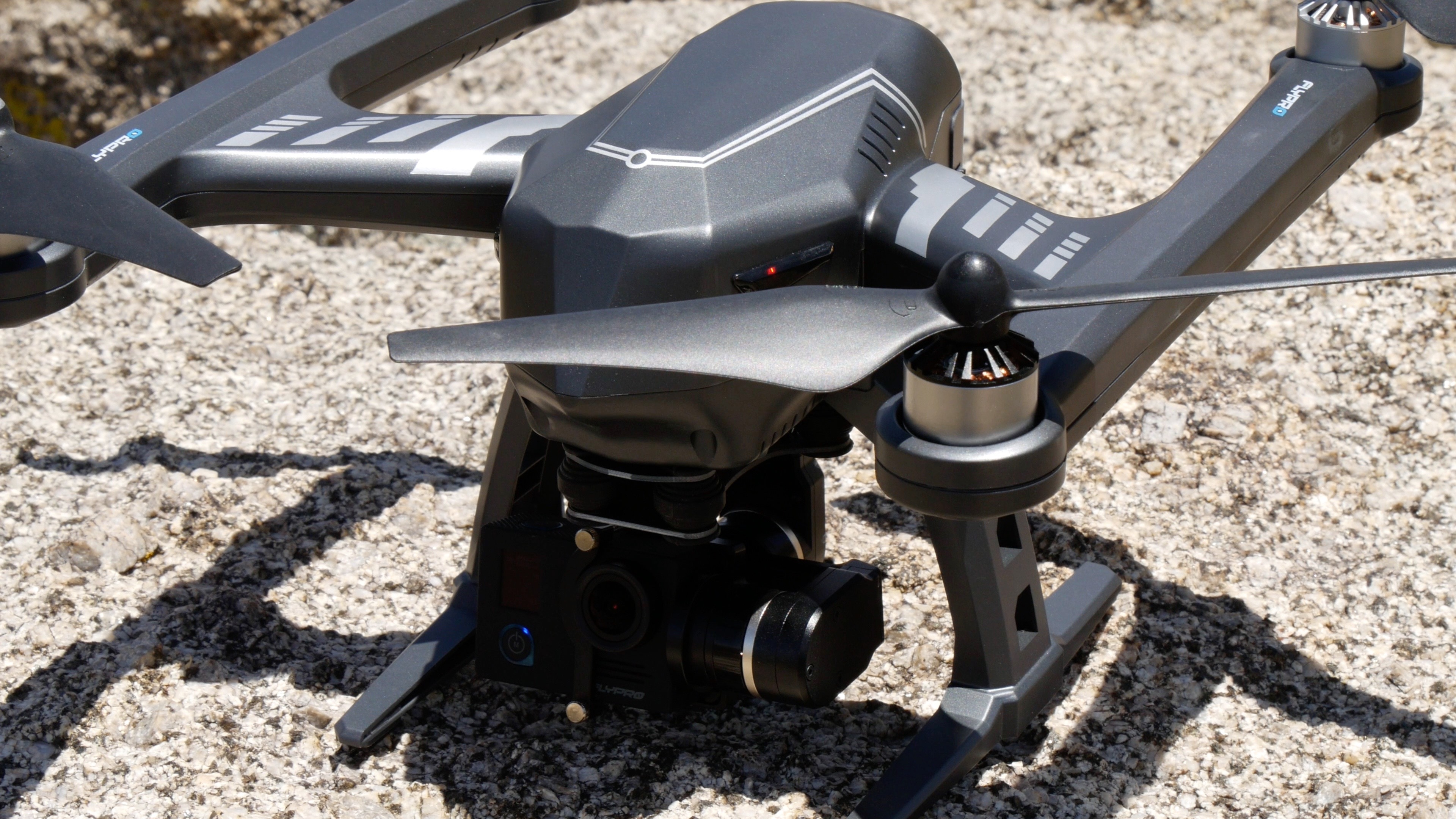Looking to capture awesome aerial footage of your outdoor adventures, but don’t want to go through the rigamarole of learning how to fly a drone? FlyPro has you covered. The company’s new XEagle Sport drone is designed to capture aerial action shots of you completely hands free, and without the need for a second operator.
This is made possible by the XEagle’s included Smart Watch, which controls everything from takeoff to landing. Both the XEagle and Smart Watch are equipped with GPS and pressure sensors, and these both work together so the XEagle can follow you — a function that you can activate by simply pressing the “Follow” button on the watch.
The Smart Watch displays your XEagle’s altitude, distance from you, battery level, remaining flight time, and will even vibrate when the drone’s remaining battery power dips below 25 percent. Buttons on the side control automatic takeoff and landing, and can instruct the XEagle to orbit around you or follow you. Altitude is controlled by a scroll on the side of the Smart Watch, and a dial on the watch face controls the XEagle’s position relative to you.
During out tests, the XEagle had no problems following us around or orbiting my position, but there were times we would fall out of the camera’s field of view. You can definitely record action footage with this, but just know that not all of your footage is going to be usable. The unit we tested is a prototype, so we expect this to improve over time with future firmware updates.
Overall flying the XEagle was a lot of fun to use, and we really think this will be a great advantage for those who just want an affordable drone to capture aerial action shots without having to rely on another operator.
Buy on Amazon Buy on KickStarter









